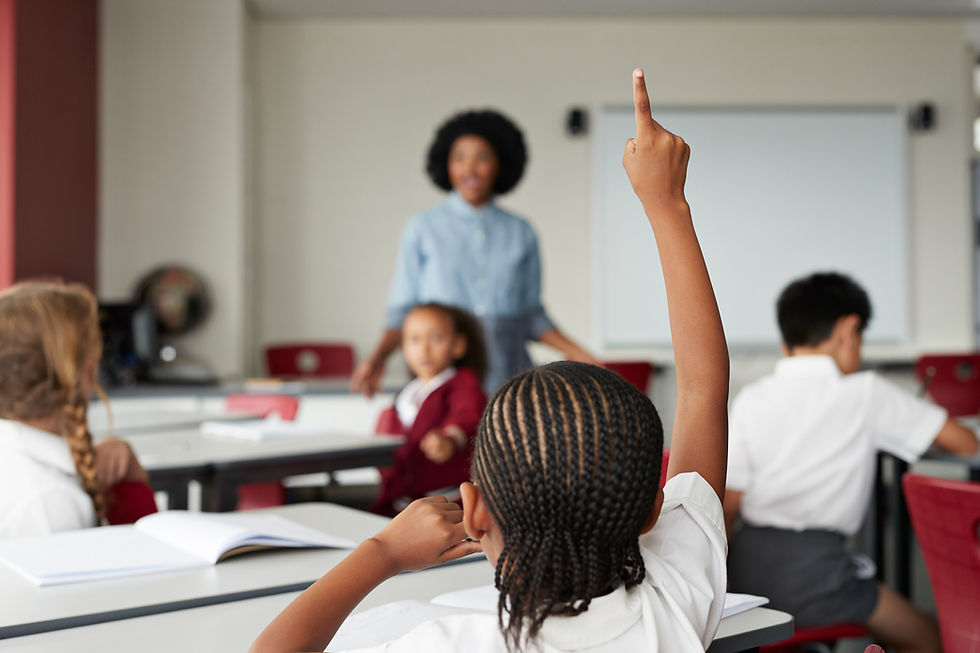Key Considerations for Innovative Learning Spaces in the UK.
In the realm of education, classrooms are undergoing a significant transformation, departing from conventional setups to embrace contemporary learning environments. Informed by years of experience and insights from diverse educational settings, there are five key considerations when envisioning modern classrooms in the UK.
1. Designing for Student Engagement
The ambiance of a classroom can either inspire learners or put them off of learning. It is crucial to craft spaces that captivate students and ignite their motivation to learn, regardless of their age or demographic. Moving beyond sterile designs, modern classrooms integrate vibrant colours, dynamic lighting, and innovative shapes to stimulate curiosity and creativity.
Each classroom is unique, and often the layout plays a pivotal role in what can be done, but it is important to blend imaginative furniture arrangements with captivating wall art and celebrations of student work to create an inviting and inspiring atmosphere.
2. Embracing Flexibility in the Classroom
Flexibility lies at the core of modern learning spaces. While movable furniture facilitates adaptability, true flexibility is much more how the layout of a classroom can be changed. From working with the spatial restrictions many of our UK school buildings have, to safety considerations to create environments conducive to diverse teaching methods and student activities- the design of a classroom needs to embrace differing students, student needs, layouts and more.
Whether facilitating group collaborations or teacher-led discussions, classrooms need to be designed to accommodate various learning modalities while promoting interaction and exploration. By fostering adaptable learning environments, schools empower students to become architects of their futures.

3. Student-Led Learning
The traditional classroom hierarchy is evolving to prioritise student-led learning. Conventional rows of desks have now been replaced with flexible arrangements that foster collaboration and communication. Teachers are encouraged to engage with students on a personal level, moving freely within the space to facilitate individualised instruction and small group interactions, and so often a group table layout is adopted to enable this.
Schools must equip students with the skills necessary to thrive in an ever-evolving world, emphasising the development of soft skills alongside academic knowledge, and this is why student-led learning and a classroom that fosters collaboration and communication is so important.
Modern classrooms empower students to take ownership of their learning journey, promoting autonomy and self-discovery.
4. Optimising Storage Solutions
Efficient storage solutions are integral to maximising the often-limited space and organisation in classrooms. From integrated cabinetry to multifunctional teaching walls, storage options should be seamlessly integrated into the classroom design to minimise clutter and enhance functionality. By prioritising accessibility and versatility, classrooms remain organised and conducive to learning, fostering an environment where resources are readily available to support teaching and exploration.
This also supports the previous point of embracing flexibility, as having a classroom where resources are easily accessible means that teaching plans and lessons can be adapted as they go along depending in the response and interaction of the students and pupils.
5. Prioritising Quality and Longevity
While budgetary constraints may pose challenges, quality should never be compromised in classroom design. Investments in durable materials and craftsmanship ensure the longevity and sustainability of learning spaces.
From resilient work surfaces to robust cabinetry, every component should be selected with an eye towards durability and longevity. By prioritising quality, classrooms become enduring spaces that withstand the test of time, nurturing generations of learners for years to come.
The modern classroom in the UK represents a paradigm shift in educational design, embracing innovation, flexibility, and student-led principles. By embracing these key considerations, educators create dynamic learning environments that inspire curiosity, collaboration, and lifelong learning. As education continues to evolve, classrooms serve as the cornerstone of transformative educational experiences, shaping the minds and aspirations of future generations. With the influences of AI and technology constantly growing, our image and aspirations of how a modern classroom should work for educational professionals is sure to change over the coming years.

Comments